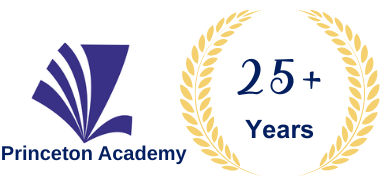Session 1: Vigilance – Foundations and Frameworks
- What is vigilance?
- Types of vigilance: Preventive, Punitive, Participative
- Institutional framework: CVC, CVOs, internal vigilance units
- Real-world vigilance failures – what went wrong?
Vigilance Match-Up Quiz
Session 2: Identifying Risk Zones & Red Flags
- Common fraud-prone areas: procurement, recruitment, finance, contracts
- Behavioural indicators of misconduct
- File noting integrity and audit trail discipline
- Use of vigilance tools: surprise checks, e-tendering, documentation
Case Study Workshop: Group-wise analysis of vigilance cases – discuss detection, failure points, and preventive steps
Session 3: Preventive Vigilance Tools & Techniques
- Role of IT & automation: e-office, GeM, digital signatures, RTI
- Best practices in transparent working: checklists and SOPs
- Ethics in action: handling conflicts of interest, undue influence
- Role of vigilance officers and reporting chains
Session 4: Whistleblowing & Participative Vigilance
- What is whistleblowing? Who can report and how?
- Whistleblower protection rules (Govt. & CVC guidelines)
- Creating a safe and responsive whistleblower system
- Participative vigilance: Suggestion schemes, awareness campaigns
- Fees: Rs. 3,500/- + 18% GST Per Person
- Please write to register@princetonacademy.co.in
- Call or WhatsApp on 9769963790 / 9769579090
- Mention the name of participant, company, contact details.
- You will Receive a Certificate of course completion
- The course structure will be just like in the face to face workshops.
COURSE SCHEDULE & FEES
DOWNLOAD COURSE CONTENTS
Please click the button below to download the course content. You'll need to provide your contact information to receive the document.
INCOMPANY/GROUP TRAINING REQUEST
Why Choose Our Incompany Program?
- 🎯 Tailored content specific to your business goals
- 👥 Train entire teams together, saving time and cost
- 📍 Delivered at your location or virtually
- 📅 Flexible scheduling to suit your timelines
- 📈 Increase retention and application of skills
